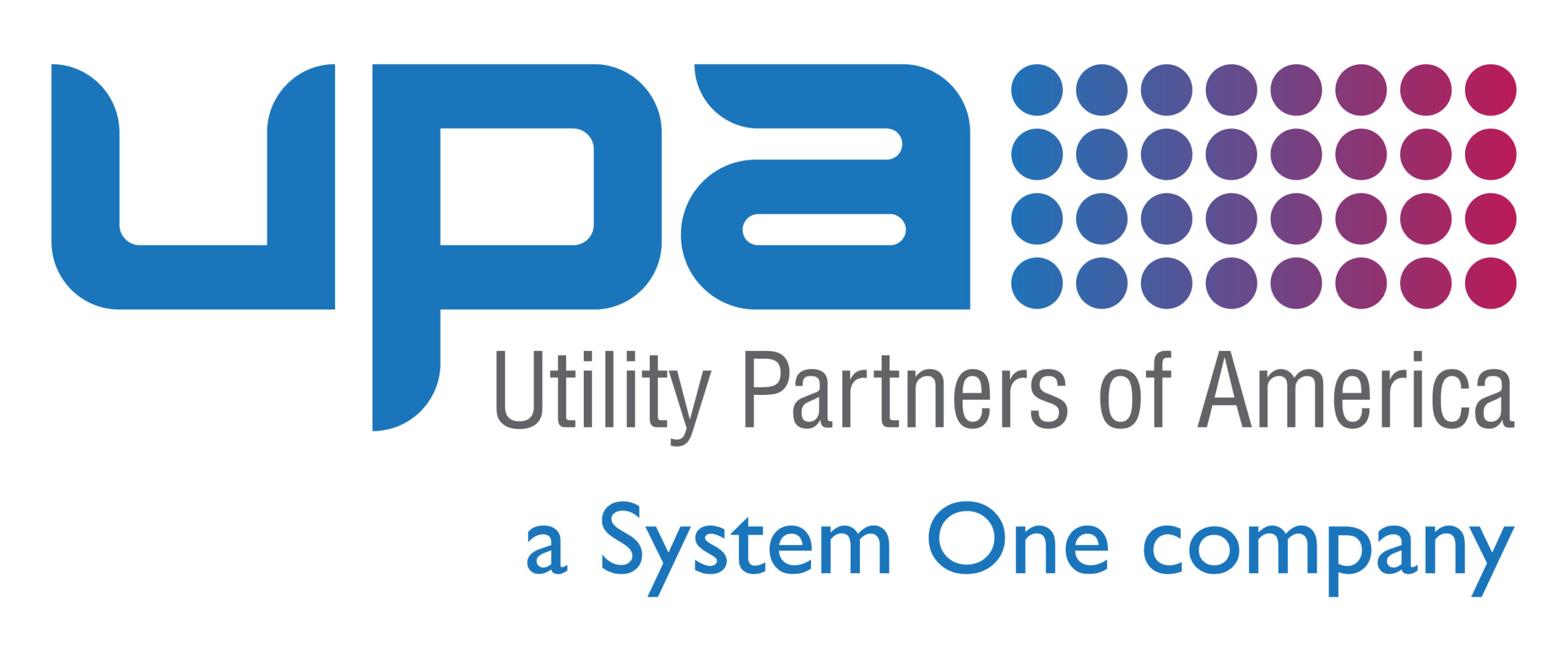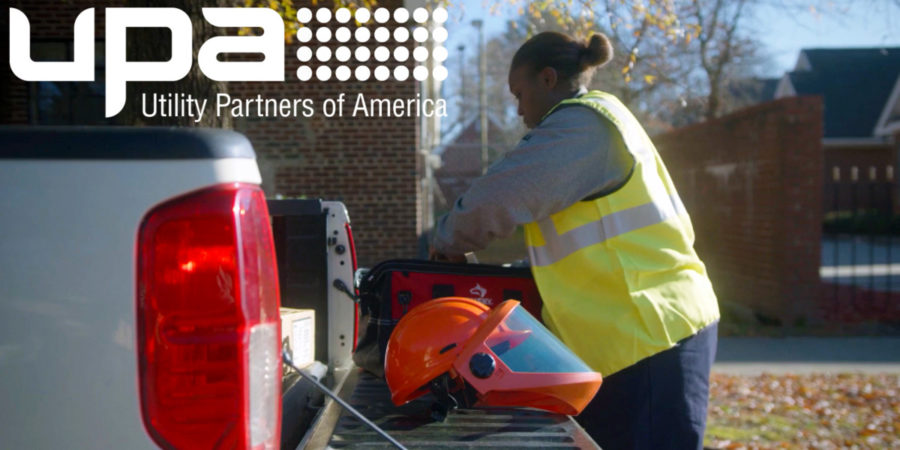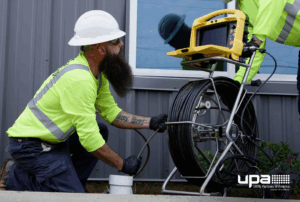While we’re all familiar with the most commonly cited ramifications of COVID-19, one that flies under the radar is the increased consumption of energy. As lock-down regulations swept the country, requiring people to spend more time at home, utilities saw a huge increase in energy usage. Even before the height of the pandemic, some utilities felt challenged to keep up with customer demand. This was especially true in areas where construction booms caused rapid swells in population. Many utilities have found that utilizing third-party contractors can be an effective way to bridge the gap.
Third-party contractors temporarily extend the company’s workforce and can help cover a wider regional footprint. But, how does a utility ensure that contractors follow organizational processes and maintain the utility’s reputation? If your utility is considering doing this, you’ll want to read our three tips for how to best partner with third-party contractors.
Set expectations upfront and monitor performance
Transparency is a building block in sound third-party contractor management. A commitment to transparency by all parties should be in place long before the work begins. As you start the search for third-party contractors, be sure to set precise expectations and requirements. Include both verbal and written descriptions of those requirements, along with benchmarks outlining how the utility will measure the success of the relationship. Be sure to include quantitative metrics whenever possible, like customer satisfaction scores and the number of jobs completed in a day, month, or year.
Related: Best Practices for Remote Workforce Communication
Once you receive performance data, it’s imperative that you hold the contractors accountable if they are off track — or congratulate them for a job well done if they’re on track. Best practices include establishing weekly progress meetings to monitor performance data and discuss results.
Related: Vet Third-Party Inspections Vendors
Treat them like they’re part of the team
While third-party contractors aren’t your standard workforce, they still represent your utility, your brand, and your team. That means they likely wear co-branded badges, drive co-branded vehicles, and announce themselves as affiliated with the utility. If you’re giving someone power as a representative, it’s a good idea to show them the same respect as you do your traditional employees.
Take the time to build a rapport with your contractors. Invite them to meetings, include them in company events, and find ways to make them feel welcomed. While there are certain legal requirements to a contractual relationship, work within those bounds to include your contractors in project decisions. After all, we can’t say enough good things about the power of an engaged worker.
Lean on technology when you can
Technology like mobile workforce management software can be used to equalize traditional employees and contractors. Also known as field service management software, these cloud-based solutions are essential for optimizing schedules, routing technicians, managing inventory, and more. They also define job processes, enhance communications and collaboration, and empower both employees and contractors with the right tools.
One of the most noteworthy aspects of field service management software is the embedded work order management module. It houses all the relevant information a technician would need. Any changes made to a work order will appear in real-time. Built-in alerts let leadership know immediately when a technician completes a job. Work orders can also include safety and process prompts on how best to proceed with a task, providing the reminder a third-party contractor may need to ensure compliance.
Related: How UPA Uses Technology to Improve Operations
Utility Partners of America is a third-party contractor that helps utilities
For more than 20 years, we have partnered with utilities and energy cooperatives to build, inspect, maintain and upgrade the nation’s utility infrastructure. Given our position as a third-party contractor, we have worked with many utilities over the years. If you’re interested in learning how we may be able to help your utility, call (888) 667-1411 or contact us today.




